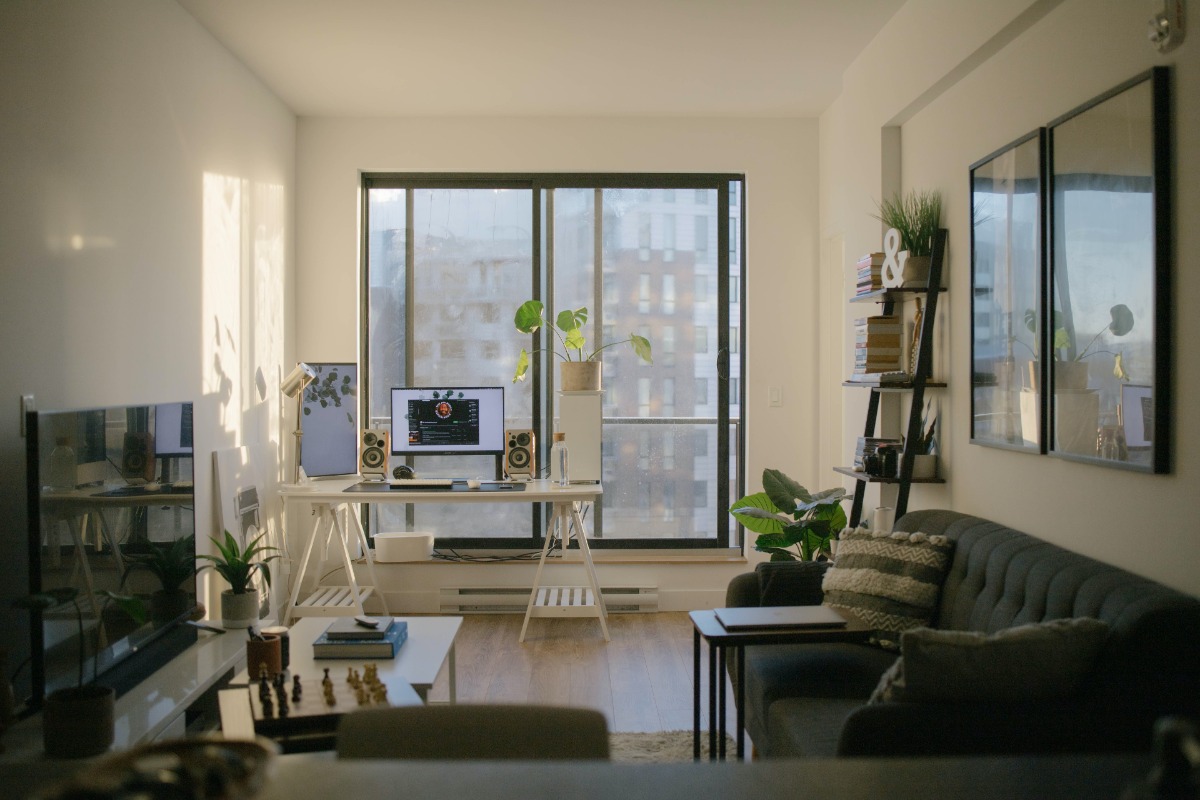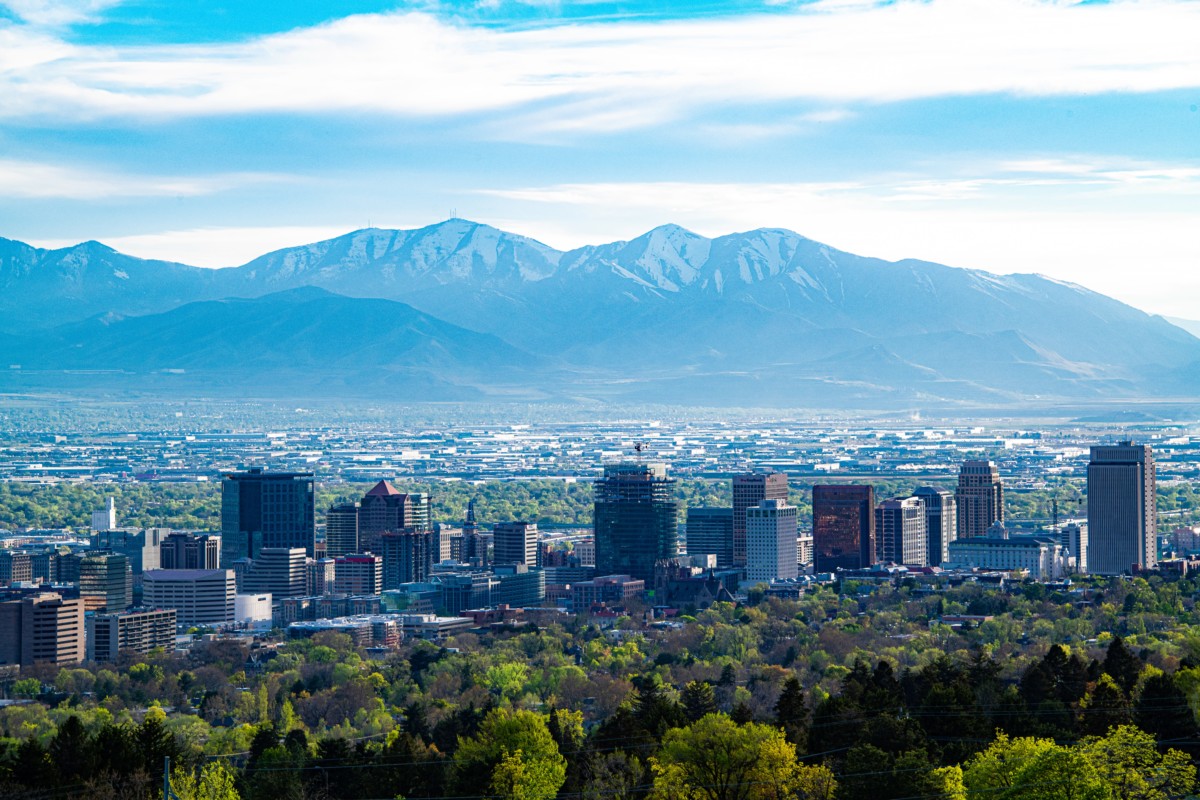What Is a Pied à Terre? A Home Away From Home
If you live in a big city, you’ve probably heard the term “pied à terre,” or maybe you’ve seen one. But what is it, exactly? Are they as fancy as they sound?
A pied à terre is a luxury apartment or condo in a big city that someone uses as their second home. People generally invest in pieds à terre for convenience, proximity to work, to visit a particular city, or as a home away from home. Read on to learn about where you can find pieds à terre and how you can choose one that makes the most sense for you.

Pied à terre meaning
The pied à terre (pronounced pee-ay-dah-tare) is a French phrase that translates to “foot on the ground” (pied translates to foot, and terre translates to ground or earth). The plural of pied à terre is pieds à terre, or “feet on the ground.”
Pied à terre are typically apartments, condos, or co-op units in luxurious buildings in big cities that people use to travel, visit family, or work. Depending on your unique needs, you can buy or rent a pied à terre. They can also be an investment property, although some regions have restrictions on when and how people rent out pieds à terre. Most cities don’t allow short-term rentals, but long-term rentals are more common.
Before you invest in a pied à terre, make sure to check state and city laws and the building’s rules about subletting or renting this type of home.
Where can you find pieds à terre?
You can usually find Pieds à terre in larger cities. They are common in Hong Kong, Los Angeles, New York, San Francisco, Singapore, and many European cities like London and Paris.
Why do people own a pied à terre?
Who wouldn’t want a luxurious apartment in a fun, new city? Below are some common reasons people rent or buy a pied à terre.
Commuting
Business travelers often invest in a pied à terre. Sometimes people split their time evenly between two different cities. Since a pied à terre is usually cheaper than frequent hotel stays, they are common among those who frequently travel.
Investment
Some people purchase a pied à terre to invest in the local real estate market or to rent to other people. While renting is popular, there are often restrictions about when and how you can rent out or sublet a pied à terre. Some cities don’t allow short-term rentals of pieds à terre at all. In other cities, you can sublet a pied à terre only after you’ve had the unit for a year. Check local real property tax law and building regulations before investing in a pied à terre.
Visiting family
People often use pieds à terre to be near family. People also typically rent a pied à terre near their elderly parents.
Pieds à terre are becoming more common as the cost of living increases. Since more people are putting off buying a home, they may not have as much space to host family. Because of this, their extended family might buy a pied à terre.
Big-city life
Pieds à terre are an excellent way for people to live in new, exciting cities. For example, a couple who is living in Buffalo, might want to buy a home in New York City to experience the shops, restaurants, and big-city life.

Pied à terre amenities
Pieds à terre tend to have generous amenities. These can include:
- Rooftop decks
- Rooftop gardens
- Resident lounges
- Sweeping city views
- Swimming pools
- Fitness centers
- Designated parking
- Concierge services
- Doorman services
Vacation homes vs. pieds à terre
Pieds à terre are sometimes called vacation homes, but they have important differences. However, both usually serve as second homes.
Vacation homes and cabins are generally larger, farther from a big city, and closer to nature. People typically build an average vacation home near a beach, in the mountains, or in the countryside. Pieds à terre are apartments or condos located in the middle of a large city. People generally use them for convenient and efficient proximity to work and for visiting family and friends. While vacation homes are used to escape noise and people, people use pieds à terre to be near the hustle and bustle.
What to consider when buying a pied à terre
Since they are a significant investment, it’s good to think through different scenarios before buying one.
Location
Pieds à terre are typically in major cities. However, you may have the option to choose between many locations within a city. Consider your work, family, and social life; your second home should meet your specific needs.
Cost
While pieds à terre are usually expensive luxury homes, there are plenty of options for renting within your budget. As housing prices continue to rise, consider your options. Take a look at what you value and figure out how much you can afford.
Size
Most pieds à terre are studio or one-bedroom apartments, but this depends on you and your preferences. If you want to host your family or friends, you may want to consider a larger unit, like a two- or three-bedroom apartment. Co-op homes are also common.
Amenities
Pieds à terre are usually in luxury buildings, so do your research and ask yourself questions about what you value. Is it more important for you to have a furnished unit or concierge service and spa? How important is the lighting in the unit you choose?
Think about the location as well. Do you need access to public transportation to get to work, or does the apartment building have parking? Do you want to live in a co-op building in a major city?
Maintenance
The average yearly maintenance cost is $1,000-$1,500, so be sure to factor that in when choosing your unit.
Second-home taxes
Taxes for owning a second home – such as the pied à terre tax – are becoming more common. Especiallyin New York in places like Greenwich Village, the upper east side, and Long Island City. You may have to pay an additional 15% tax for owning a second home in some cities.

Pied à terre pros and cons
Pros
There are many benefits of owning a pied à terre, such as:
- Cost: they can be cheaper than hotels, which average $194/night as of 2021
- Investment: you may be able to rent it out when you’re not there, and family members may be able to use it
- Vacation: you can have a home away from home
- Adventure: explore a new place and see as many Broadway shows as you want
- Convenience: you can have a place of your own close to work and city attractions
Cons
- Cost: maintenance fees can add up
- Additional taxes: some states and countries impose more restrictions on pieds à terre
- Restrictions on where you can buy and rent: many co-op buildings, which make up about 75% of the properties available in New York City, for example, don’t allow pieds à terre or other short-term rentals
- Restrictions on who can use your property: depending on if you buy or rent your pied à terre, you may only be able to host immediate family for long-term stays
Controversies surrounding pieds à terre
Foreign buyers
Pieds à terre have drawn criticism for their lack of community interest. People who own them may not engage with the surrounding community because they don’t regularly visit. The person who owns the home may prevent someone who lives in the city full-time from living where they want. Pieds à terre can also raise the price of nearby houses, pricing people out of the area.
Taxes
Some cities have added additional taxes on non-primary residences. This is especially common in the United States, where big cities often face substantial budget shortfalls. In New York, the tax increase is only up to 10%, while in Singapore, you have to pay a pied à terre tax of 15% for a non-primary residence. There are other restrictions in places like Denmark, where you have to get written permission from the government to buy a secondary home.
Final thoughts
While there are pitfalls, risks, and increased taxes, pieds à terre can be a convenient option for those with the budget. Whether you need a small apartment for work or you want a fancy three-bedroom condo, a pied à terre can be a great way to have a home away from home.
The post What Is a Pied à Terre? A Home Away From Home appeared first on Redfin | Real Estate Tips for Home Buying, Selling & More.




